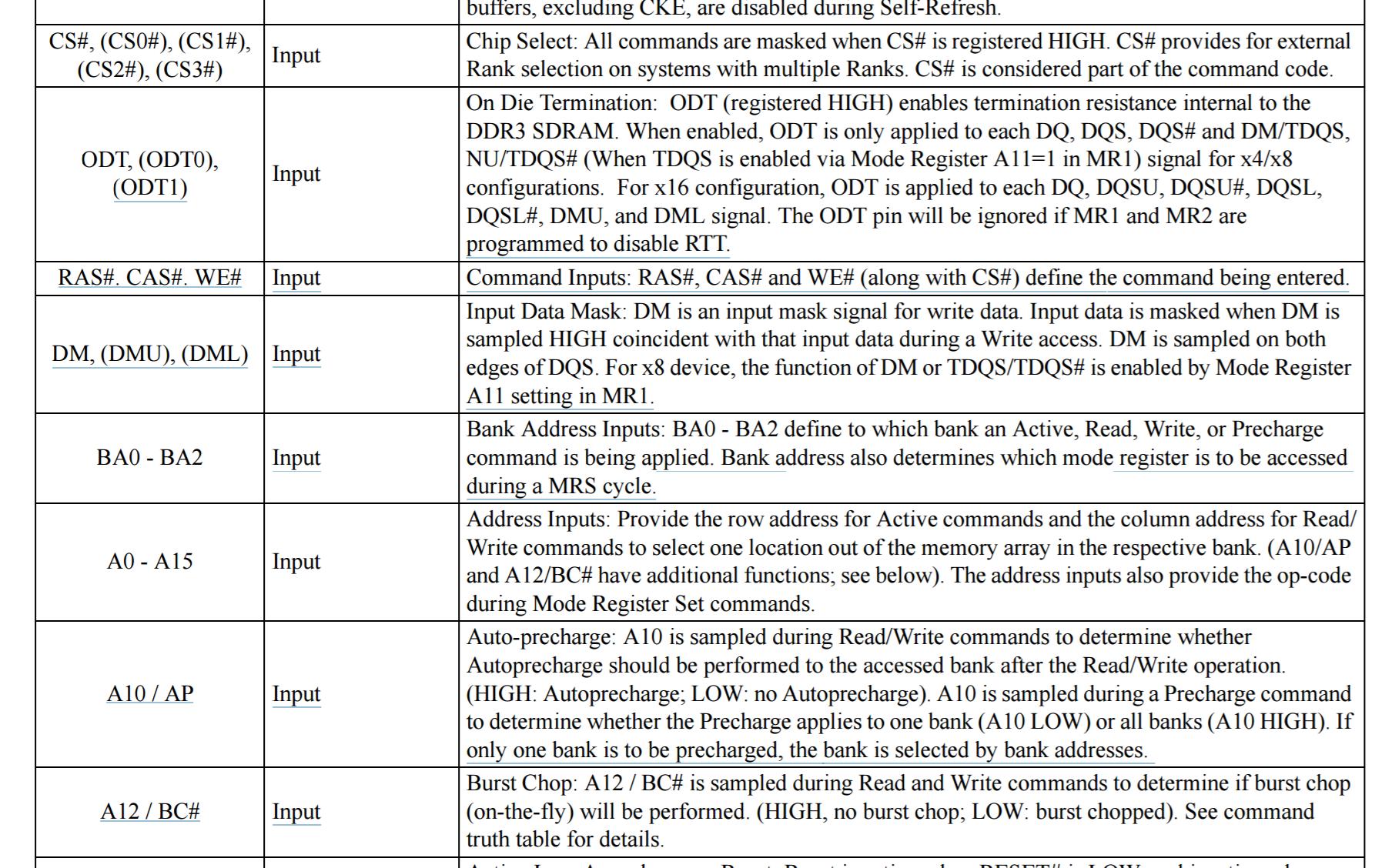In a systems memory map (also called cpu memory map) the address ranges are allocated for RAM memory ranges, MMIO for PCI devices etc.
Lets take an example where address ranges for RAM is started from address 0 to upto 512MB which includes DOS compatibility memory space starts from 0 and goes upto 1MB.
Now when we say that this 512MB of region will be mapped into the memory, does this mean that the address 0 in the CPU address space will be mapped to address 0 in the Physical RAM and the same goes up to 512MB? If not then how the mapping is done?
Also does the memory address ranges allocated in CPU address space will be exactly equal to the size of the RAM installed in the system? If its not the case then how the mapping would take place in such case?
Also how will memory mapping of DOS compatibility region be done? Does this region will be unused into the memory if using an OS other than DOS?
Also does the memory mapping means that when the CPU generates the address from 0 to 512 MB only will be redirected into the RAM ? Any other address generated by CPU will never be directed into the RAM by MMU ? In such case all the application would have the address between ranges from 0 to 512MB inorder to access the Memory ?
I'm considering an x86 system here.

